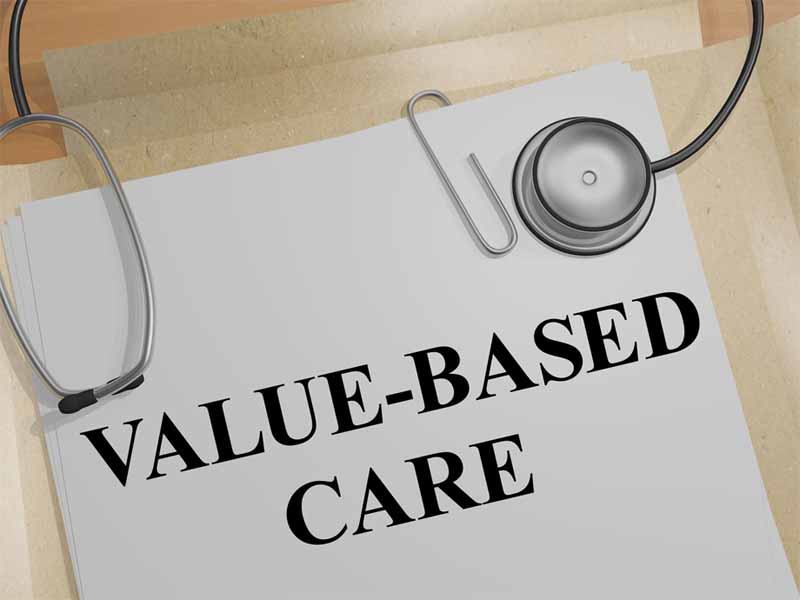Value-based Care and Payment
Make primary care the cornerstone
Find tips, CME and tools to help you identify and transition to well-designed programs that promote outcome-focused care, prioritize continuity and drive revenue to grow your practice.
Advocacy Toolkit
Want to drive increased primary care investment in your state? AAFP members can access an advocacy toolkit that includes how-to guides, case studies, and talking points materials that will guide you in identifying and influencing stakeholders. Download and share the full investment toolkit.

Member Exclusive Discount
Get a discount on AI-driven solutions that maximize quality incentives and enhance practice efficiency.
